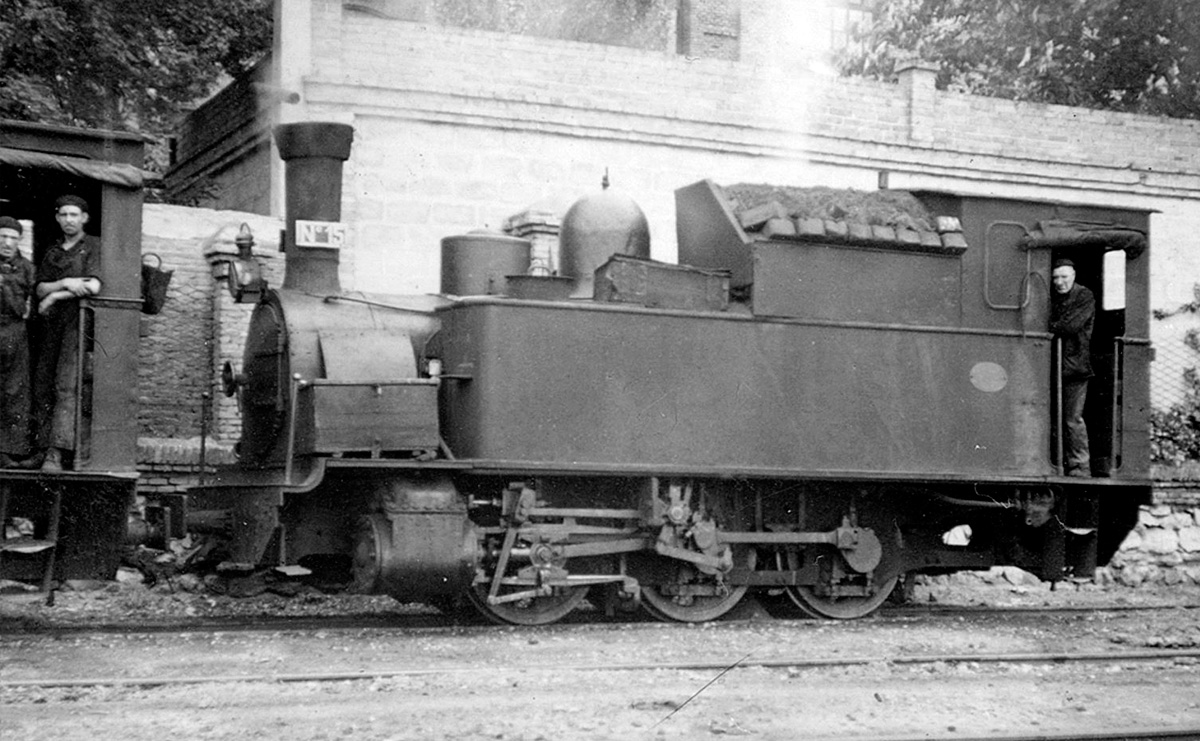Tajuña Greenway
History of the Railway

(REDER KLEINGEBEIL, GUSTAVO)
This proposed route combines two old railway routes. On the one hand, that of the Tajuña Railway, an old narrow-gauge train that operated throughout the 20th century. On the other, an extremely curious, and ephemeral, railway, linked to the tragedy of the Spanish Civil War.
The Tajuña Railway, which was also known as the Arganda Train or Madrid-Aragon Railway. It was a train with a marked agricultural vocation, which intended to reach the region of Aragon from Madrid, although it was left halfway, in the town of Alocén, on the banks of the Tagus. It was inaugurated in 1901, when Madrid's Niño Jesús Station, next to the Retiro Park, started to see countless trains depart for the 143 km of metric gauge that ended in the aforementioned Alocén. The railway even had a branch that, from Tajuña Station, located halfway between Morata and Perales, connected with the towns of Chinchón and Colmenar de Oreja, rich in wines and stonework.
The Arganda Train, "which whistles more than it moves," as the saying goes, could not compete witih the increasingly fast coaches. Its passenger trains therefore had to be parked definitively in 1953, although for a few years there was languid freight traffic (especially beets and fruit). Also, in 1969, the section from Vicálvaro to the Niño Jesús Terminus was closed, leaving only the 28 km section that, until 1998, linked the cement factory in the Madrid neighbourhood of Vicálvaro with the quarries of El Alto, located between Arganda and Morata. At the end of the century, the Vicálvaro cement factory closed and the old train tracks gave way to those of a modern surface metro, the current line 9 of the Madrid underground that goes to Arganda del Rey.


